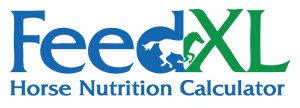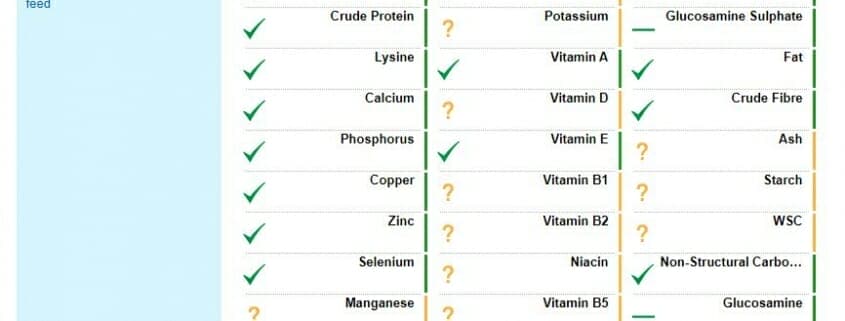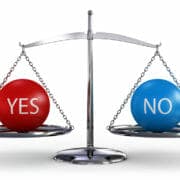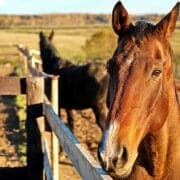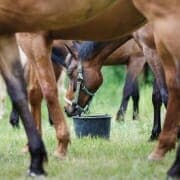Missing Data in FeedXL? What Now…?
In FeedXL you may notice that some feed ingredients do not have complete data. This means that this feed ingredient’s label provided by the manufacturing company does not contain information for all of the nutrients examined by FeedXL.
Keep reading to learn what this means, how to see which nutrients are ‘missing’, and what to do about it!
What Does it Really Mean When Data is Missing in FeedXL?
When adding feeds to our database, we use the most complete information the manufacturer provides. Most manufacturers label according to legislative requirements so it’s not uncommon for feeds to have incomplete data. You can still include it in your diets, however, you will be working with incomplete data.
When ingredients have missing data in FeedXL you can help us make the data better by contacting the manufacturer and asking them to provide missing nutrient data.
If you find data on packaging or online that we don’t have in FeedXL, you can ‘edit’ the ingredient and add it yourself for our review, or you can email us at support@feedxl.com with the missing information and we’ll add it for you.
How To Know Which Nutrients are ‘Missing’ and What You Can Do About It
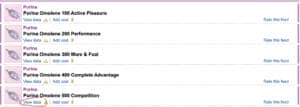
If you want to see which nutrients are ‘missing’ information, simply click the ‘View Data’ link. A panel will open that shows the nutrients we have a value for, indicated by a green tick. And which nutrients are unknown, indicted by a yellow ‘?’.
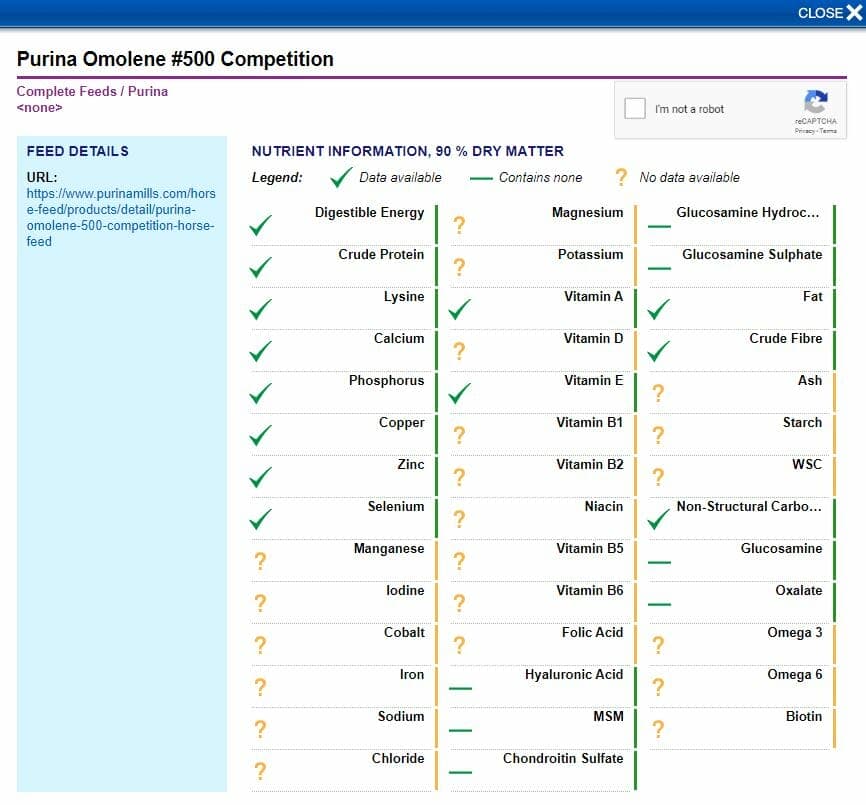
Then, if you want to see the actual values, tick the ‘I am not a robot’ box in the top right corner, play its game and you will see the actual numbers for that feed ingredient. And notice there is an ‘Edit’ button on this screen which could come in handy later.
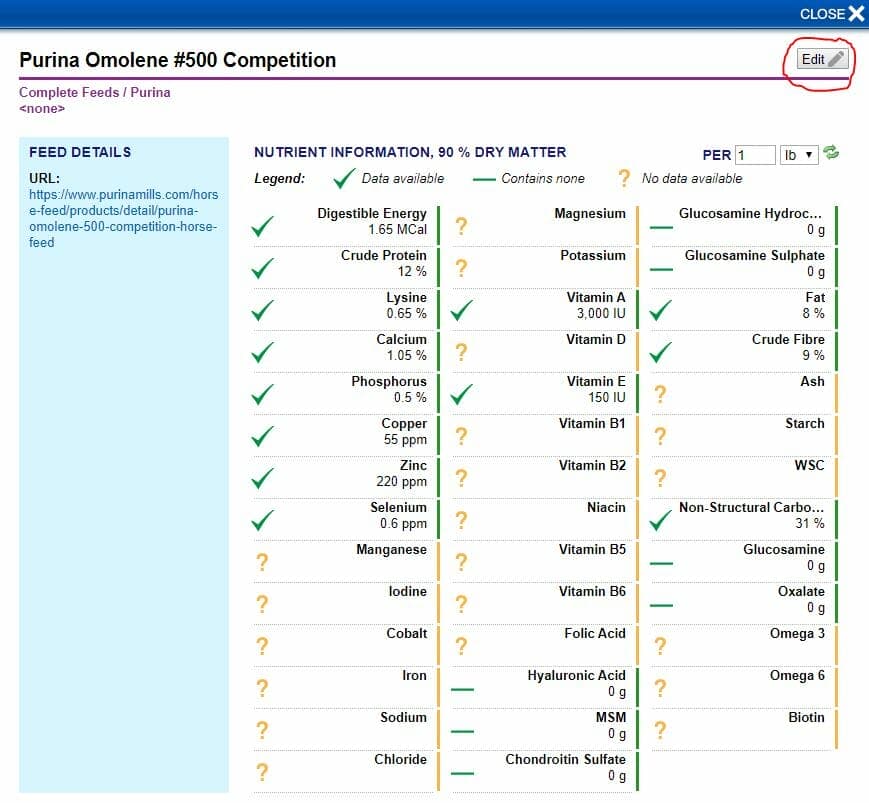
So, by now you know which data we have for a particular feed ingredient and which we don’t. Let’s look at what happens when we put this particular feed into a diet.
This horse is an 1100 lb (500 kg) horse in moderate work grazing average quality ‘Autumn’ pasture. When we add 4.5 lb of this feed to the diet, this is what our nutrient graph looks like:
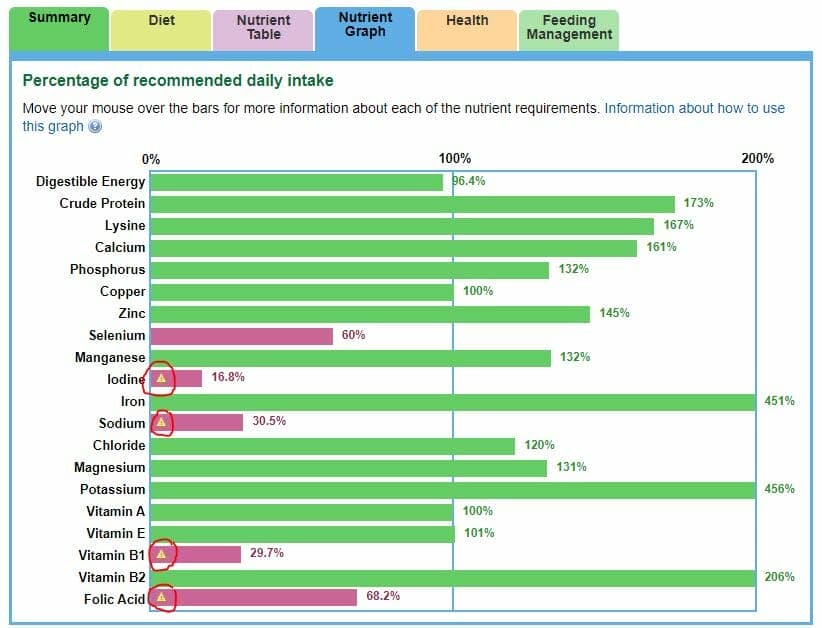
Notice the little yellow triangles on Iodine, Sodium, Vitamin B1 and Folic Acid. This is telling you that at least one ingredient in this diet is missing data for this nutrient.
If you switch to the nutrient table and look at Iodine as an example, you will see a note telling you exactly which ingredients are missing data for this nutrient. In this case, it says:
Please note: This may or may not be a true deficiency. Purina Omolene #500 Competition may contain iodine but information on the amount is not currently available. In the case of commercial feeds you could contact the manufacturer(s) and request more complete information so we can include it in the FeedXL database.
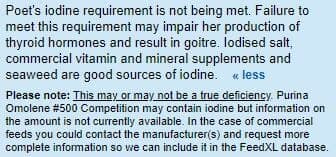
How To Know if It’s a True Deficiency or Not
This is where the tricky bit starts. How do you know if it is a true deficiency or not? And what can you do about it?
Knowing if it is a true deficiency is tough. In this case, because the feed is meeting copper and zinc as well as vitamin E requirement, you would be reasonably safe in assuming that the feed will meet the requirement for iodine, vitamin B1 and Folic Acid.
Selenium is low though and this may throw some confusion in. But remember in many places the addition of selenium is regulated and feed companies are cautious with the amount they add so they don’t exceed requirements for horses on high selenium forages. So, it’s largely safe to ignore selenium when making mental estimations about what to do with diets like this.
What To Do If Your Diet in FeedXL Contains Feeds with Missing Data
What should you do with a diet like this?
First, contact the feed manufacturer and say ‘Hey, can I please have the data for the nutrients that are missing from your label analysis’. In many cases companies are willing to supply this. If they do give you the additional data, you can then use the ‘Edit’ button shown previously, to add the nutrients yourself. Or you can simply email the information to us at support@feedxl.com and we will enter it for you.
If you get the additional data this will make it really easy for you to balance the diet as you will know exactly what you are working with.
If you don’t have complete data, here is how to proceed:
- Top up selenium levels. You will find selenium supplements in the blue ‘Balancers & Supplements’ tab.
- Add enough salt to get the sodium level to around 50% (the feed will contain some salt, so you don’t want to take this right up to 100%). And THEN, make sure your horse has access to free choice salt. You could use iodized salt in this case to give some iodine as well.
Here is how the diet looks after making these adjustments:
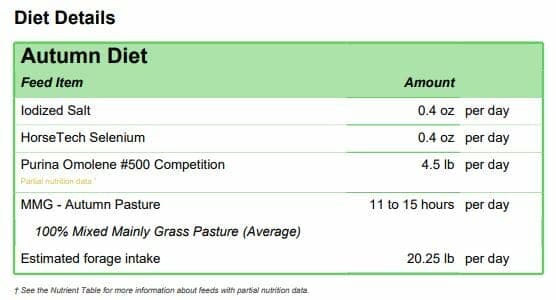
Diet After Adjustments
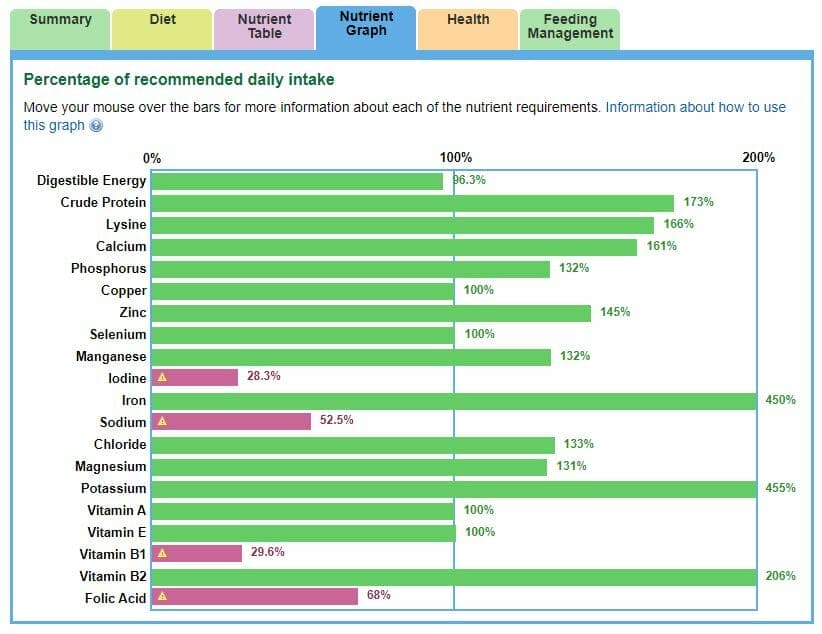
Diet Graph After Adjustments
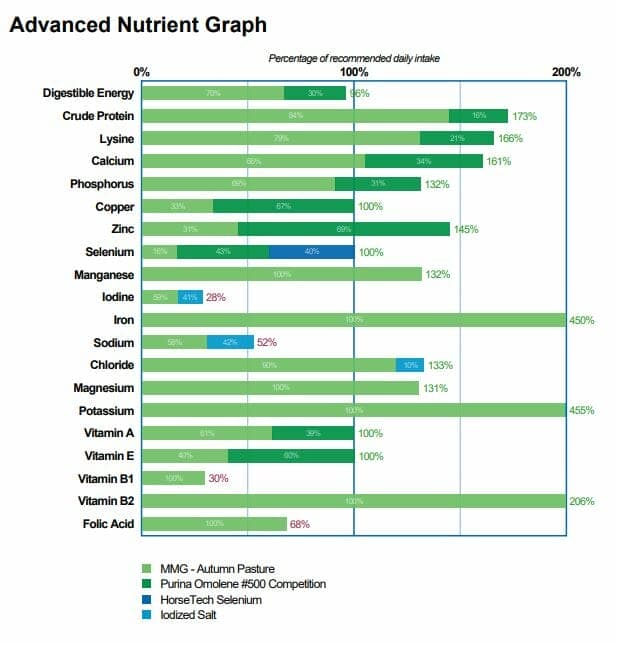
Advanced Nutrient Graph After Adjustments
Final Thoughts
It is best to really insist on the feed supplier providing the information, OR if you’re not happy with their response, use a feed supplier that does supply full information.
The days are gone where feed companies should expect you as their customer to be happy to use a feed without knowing exactly what is in it. So, speak up, ask for information, and let your feed supplier know how important it is to you to know exactly what is in the feed or supplement products you are using! If they get enough people like you asking for this information you will create change!
We do ask for it as well, but it is far more powerful when you as their customer asks for this information.
In the meantime, if you are stuck or worried about how to interpret missing data in your horse’s diet, jump on our FeedXL Nutrition Forum and post your horse’s details, diet and the nutrient graph and tables and we will help you with what we think is best to do for your specific case!
Do you have a question or comment? Do you need help with feeding?
We would love to welcome you to our FeedXL Horse Nutrition Facebook Group. Ask questions and have them answered by PhD and Masters qualified equine nutritionists and spend time with like-minded horse owners. It’s free!
Click here to join the FeedXL Horse Nutrition Facebook Group
